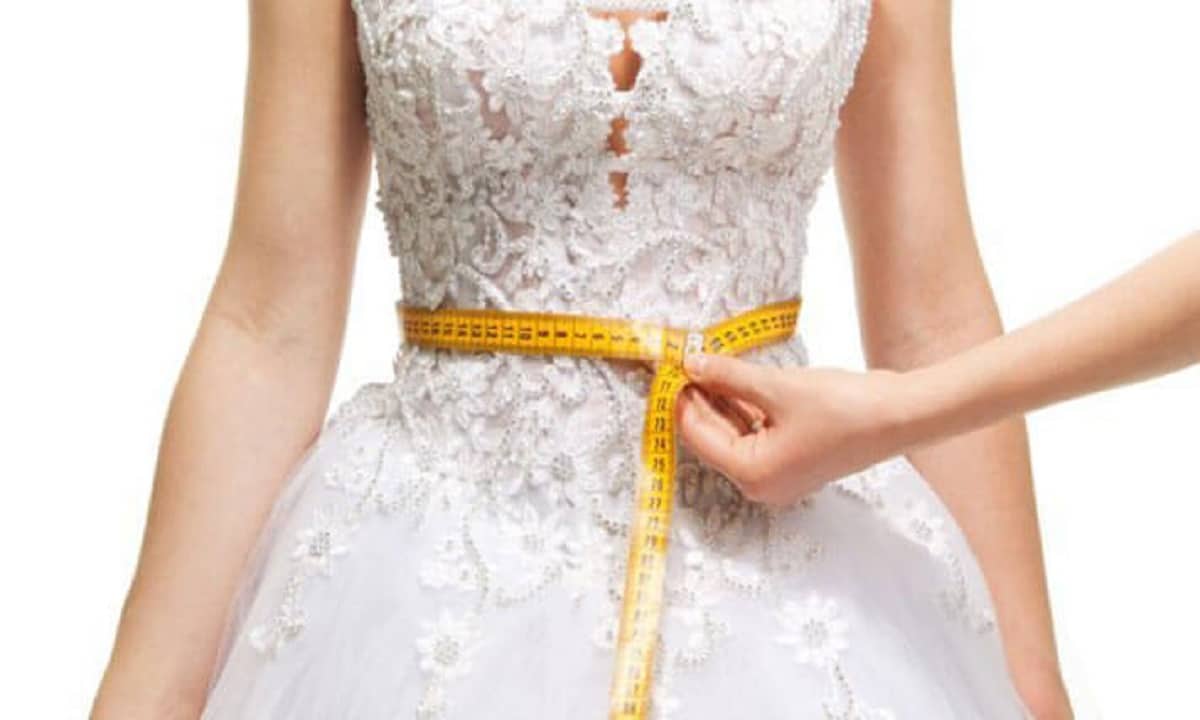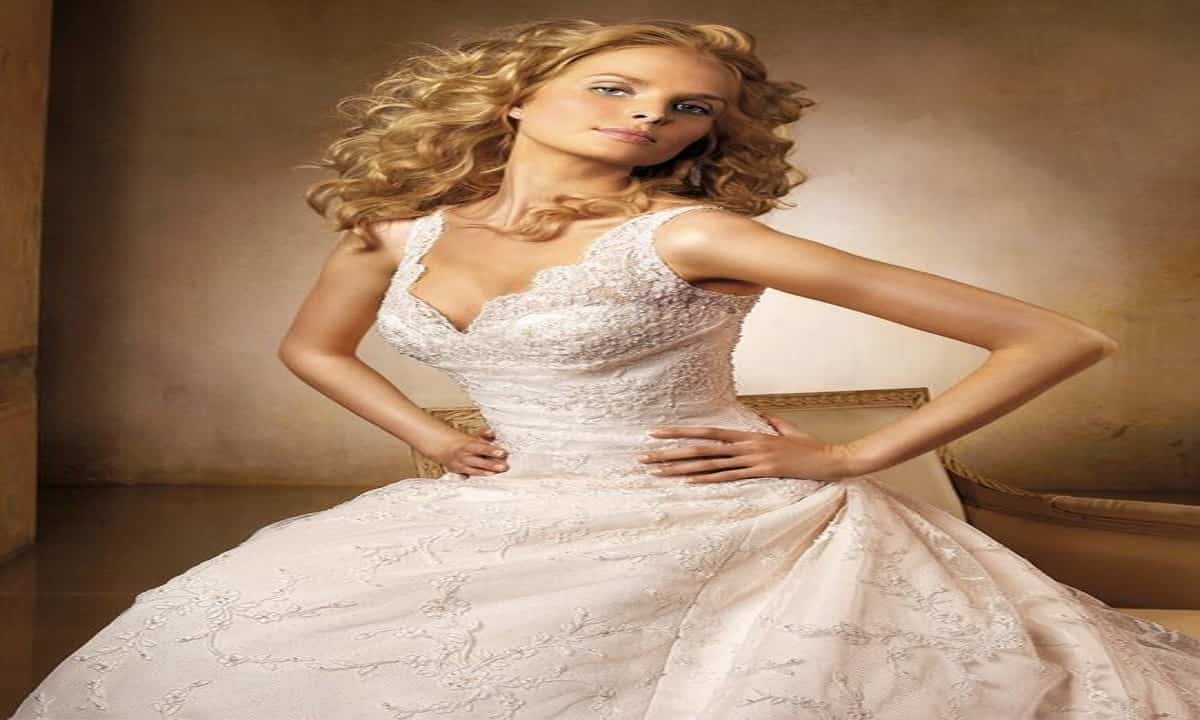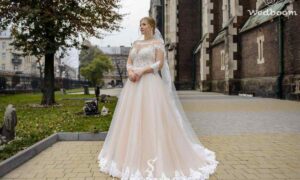How much does a wedding dress weigh
key takeaways:
- Wedding dress weights can range significantly depending on the dress style – ballgowns and dresses with layers of tulle tend to weigh more on average compared to lightweight styles.
- A typical/average wedding dress weight is around 2-5 pounds, though this can vary widely. Ballgown styles are often at the higher end of this range.
- Fabric type plays a major role – tulle is quite lightweight whereas lace, beading and other embellishments add weight. Ballgown dresses using multiple layers of fabric tend to weigh the most.
- Determining the exact weight depends on dress material, cut, size and design elements like train length. Consultation with the dress designer can help estimate it.
How Much Does Your Wedding Dress Weigh
When it comes to choosing your dream wedding dress, one important factor to consider is weight. Just how much does a wedding dress weigh? The weight can vary significantly depending on the specific dress style, fabric and design details. In this article, we will delve into typical wedding dress weight ranges and the key factors that determine a gown’s overall weight so you can select the right dress for your big day.
Weight Ranges by Dress Style
The wedding dress style has one of the biggest impacts on weight. Fuller skirts, extra layers of fabric and added embellishments all contribute more pounds. Here are some common dress styles and their typical weight ranges:
- Ballgown dresses: 5-10+ pounds. With full skirts supported by layers of tulle, netting or petticoats, these dresses are usually the heaviest.
- Trumpet/fit & flare dresses: 3-6 pounds. Hips are accentuated but skirts not as full as a ballgown.
- Mermaid/sheath dresses: 2-4 pounds. Form-fitted silhouettes without additional fabric in the skirt.
- Lightweight/minimal dresses: 1-3 pounds. Ethereal fabrics, slimmer cuts and fewer embellishments keep the weight low.
Fabric Impacts Weight
The fabric is another core factor. heavier materials like satin, silk and brocade weigh more than chiffon, organza or lace options. Multiple fabric layers also increase the dress weight. Some common fabrics and their typical weights include:
- Tulle: Very lightweight but multiple layers add up fast. Each layer weighs around 0.2-0.5 oz per yard.
- Satin: Around 1-2 oz per yard depending on weave thickness. Denser weaves are heavier.
- Silk: 1-2 oz per yard typically but can be heavier for brocaded styles.
- Lace: Delicate laces weigh under 1 oz per yard but decorative laces can way more.
- Chiffon: Extremely lightweight at 0.3-0.5 oz per yard usually. Great for humid climates.
Additional Weight from Embellishments
Beading, sequins, embroidery and other ornamentation also contribute valuable ounces and pounds. A lightly beaded dress may add only a few ounces while a heavily beaded gown could gain over a pound from its decoration alone. Other weighty additions include:
- Detachable/long trains: Add 12+ oz each typically.
- Multiple underskirts/petticoats: Each additional layer tacks on 8-16 oz.
- Elaborate beading/embroidery: 0.5-2+ oz per design placement.
- Appliques/3D elements: Materials like feathers, crystals add grams per piece.
To accurately estimate weight gains, consult your designer about specific materials. A bit of beading strategically placed may not weigh much but full coverage definitely does.
Frequently asked question:
It’s no secret that wedding dresses can be heavy, on the average they weigh 10 – 15 pounds, but can weigh up to 40 pounds or so. But the heaviest wedding dress weighs a whopping 400 pounds, and is covered with 500,000 glass pearls and over 400,000 crystals, with a 20 foot long train.
Carrying Your Gown Comfortably
The weight of a wedding dress is an important consideration for brides-to-be as they select the perfect attire for their special day. From lightweight chiffon creations to traditional ballgowns, the weight of a dress can vary significantly depending on factors such as fabric, embellishments, and silhouette. By exploring average weights, understanding fabric characteristics, and considering personal preferences, brides can find a dress that not only looks stunning but also feels comfortable to wear throughout the festivities. So, whether you’re dreaming of a fairy-tale ballgown or a breezy tulle creation, take the time to explore the weight of different wedding dresses and find the perfect fit for your unforgettable day.













